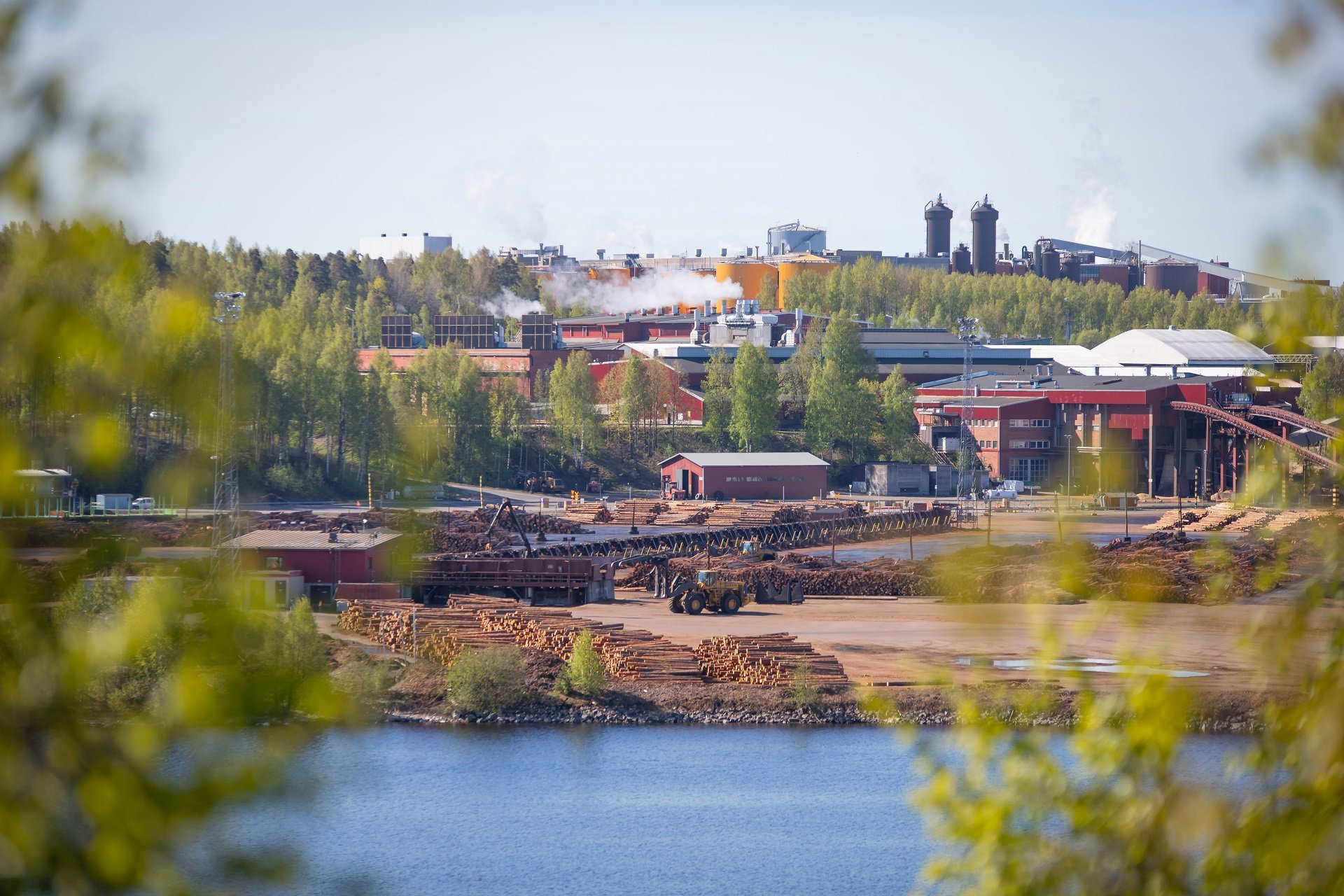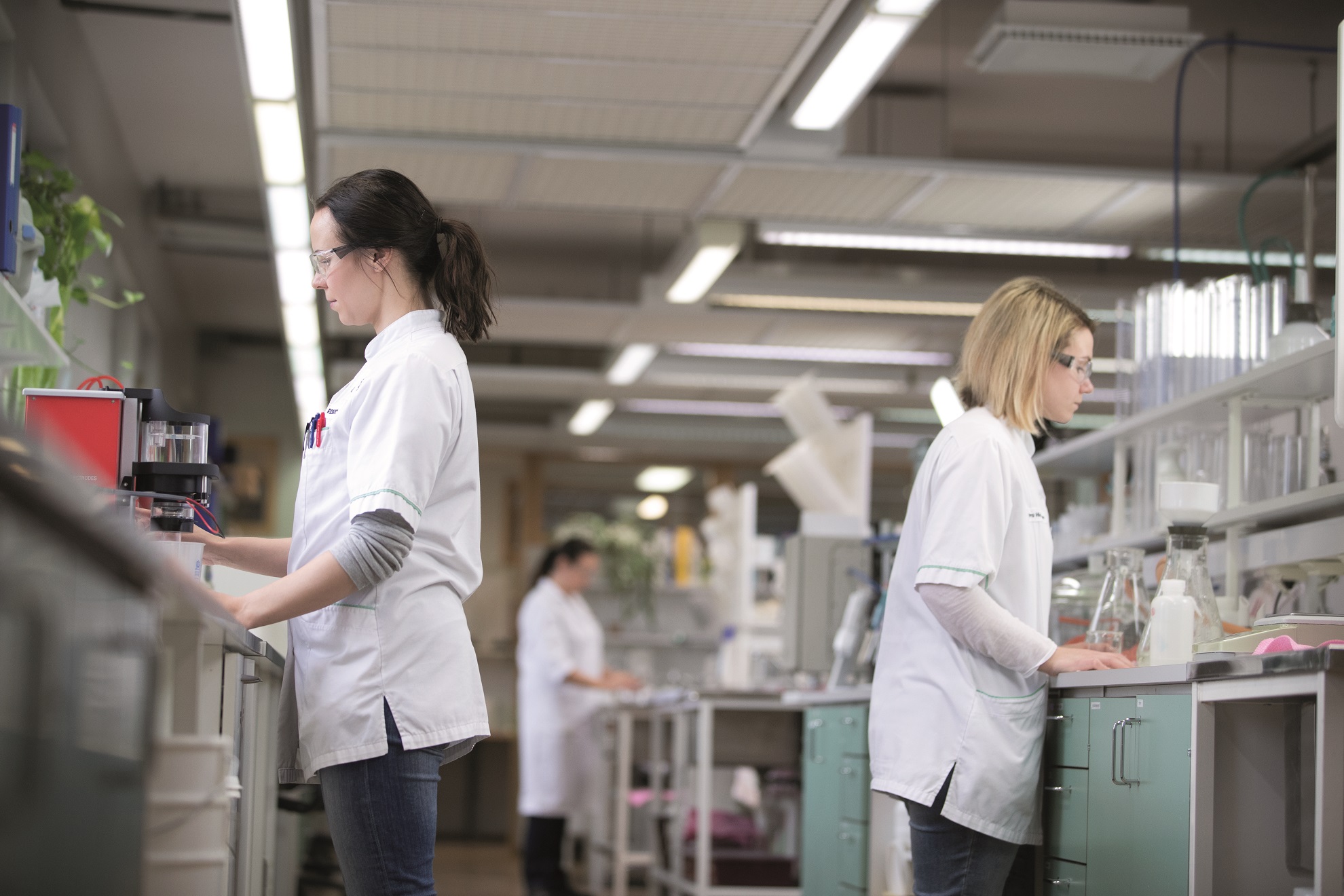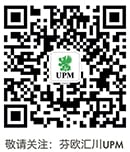The city of Lappeenranta has come of age in symbiosis with UPM. For over 120 years, the forest giant has driven prosperity and innovation in the eastern Finnish border town newly voted as one of Europe’s greenest cities.
“Lappeenranta wouldn’t be the vibrant city it is today without UPM,” says Mayor Kimmo Jarva.
His words are more than a polite nod to the city’s top corporate taxpayer. Ever since the Kaukas mill was founded in 1873, the historic garrison town has evolved in close synergy with UPM.
The mayor’s fourth-floor office provides sweeping views of the forests that have brought wealth to the town. The same forests now yield not only sawn timber, pulp and paper but also a new kind of “green gold” – circular innovations such as renewable biofuels, biochemicals and biomedical products.
UPM’s Lappeenranta biorefinery lies east of City Hall, forming part of an integrated mill site with a pulp mill, paper mill, sawmill, and research centre. With over 1,000 employees on its payroll, UPM is the city’s biggest private employer.
“Directly or indirectly, UPM provides jobs to over 1,800 people in our community. This includes many students, and it’s important to us that they find jobs and choose to stay here after graduation,” notes Jarva.
Model green city
The Kaukas mill site overlooks Lake Saimaa, which Jarva describes as “one of the best reasons to live here.” With over 15,000 km of shoreline and more than 14,000 islands, Europe’s fourth-largest freshwater lake is a popular hub for tourism and a haven of wildlife, including the endangered Saimaa ringed seal.
Last April, the region received UNESCO Global Geopark status, directly on the heels of Lappeenranta’s selection as one of Europe’s greenest cities. The European Commission named Lappeenranta and Bulgaria’s Gabrovo the joint winners of the 2021 European Green Leaf Award for cities with fewer than 100,000 residents.
Lappeenranta was commended by the jury as “a model green city” with a world-class university that pioneers R&D in clean energy, sustainability, circular economy, and water technology.
“We’ve made a lot of environmental progress over the past 20 years. We’ve decreased our carbon emissions by 46% from 1990 to 2019, and we’re on the way to becoming carbon-neutral by 2030,” says the mayor.
Pillar of the community
Gesturing westward toward the airport and university, Jarva sheds light on how deeply UPM has transformed the town.
“It’s rare for a city of 73,000 inhabitants to have an airport. UPM’s impact on our infrastructure has been crucial. From inland shipping traffic to railways, UPM has been the primus motor of large-scale investment.”
Lappeenranta University of Technology (LUT), too, has close connections to UPM, says the mayor. “A lot of their research is related to forestry and chemicals, and UPM is involved in piloting many bio-based innovations.”
UPM is itself active in local research and education, providing guided tours of the Kaukas site to school groups and giving talks at senior secondary schools. Vocational students are warmly encouraged to intern at the Kaukas mill. Like every year, there are currently again 170 students working as summer trainees at the mill site gathering valuable work life experiences and earnings before the classes will start again in the autumn.

Progressive partnering
“There has always been a close interdependency between the city and UPM, and we foster our close relationship through systematic dialogue,” Jarva says.
The city, LUT and 40 local enterprises have joined forces to promote sustainable growth through the Greenreality Network, a collaborative platform promoting circular enterprise throughout South Karelia. UPM is a member of the network’s steering committee.
As a network member, UPM collaborates with smaller local companies piloting new energy technology. UPM is also involved in a major EU-funded project in which side streams are being harnessed to produce a new material called ‘geposite’, a renewable substitute for concrete.
Co-owned biopower
Arguably the most progressive form of local eco-collaboration is the biopower plant operated by Kaukaan Voima Ltd. Owned jointly by UPM and the city, the plant generates steam for the Kaukas mill and supplies the city with wood-based heat and electricity, covering 85% of Lappeenranta’s district heating needs.
“The fuel is based on residuals from the mill site and harvest residuals delivered by UPM Forest,” explains Vesa Volmari, General Manager of the Kaukas site. He adds that UPM’s relationship with the local community has improved thanks to recent environmental upgrades addressing odour issues.
“It’s challenging to operate a large mill in a central, waterfront location, but the community appreciates the sustainable energy we offer. Most locals understand that UPM is a major employer that brings income to the town,” he adds. Volmari has lived in Lappeenranta since 2013 and appreciates the combination of wild nature, history, good services, and modern lifestyle offered by the laid-back city, especially as the father of a three-year-old.
Speaking the same language
Volmari’s sentiments are echoed by Samuli Särkelä, an energy recovery engineer at the Kaukas pulp mill.
“UPM is welcomed in a positive spirit by the local community. Almost everyone has a family member who has worked here at some point,” he says.
Särkelä adds that UPM is appreciated for supporting local culture and sports, for instance by sponsoring the Lyly sports complex next to the Kaukas mill.
Since moving south from the Arctic Circle, Särkelä has grown to love the scenic nature and convenience of living Lappeenranta. “The town is a good size, the mill has a relaxed culture, the locals are friendly, and this is a great place to raise kids,” says the father of four. “My wife, who’s a teacher, loves it here too, so I guess we’re here to stay.”
This is good news for the mayor, who is keen to see more young families settle in Lappeenranta. UPM’s presence ensures that the town will not suffer the population decline that plagues many other parts of eastern Finland.
“Lappeenranta and UPM speak the same language of sustainability, so we want to facilitate the company’s continued growth. I hope to see a new wave of innovations spring from UPM’s ambitious R&D in our town,” Jarva says.
Text: Silja Kudel

